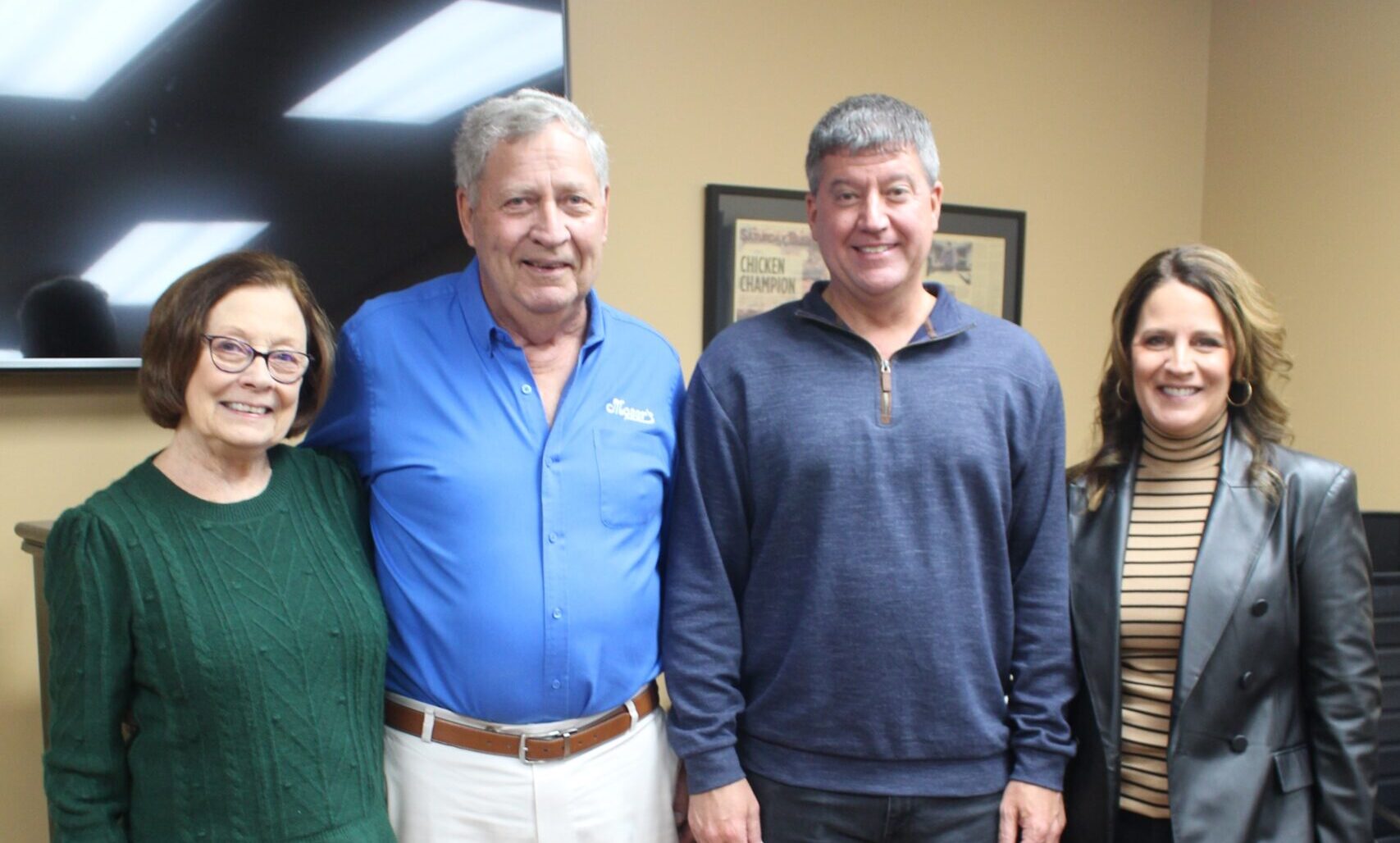

Taking Employee Training to the Next Level
- Alan Hixon
- Amy's Ice Creams
Not just at my very first job, but at the first few, I had an experience that I figured was normal; I was hired, I arrived to start work, I was shown a few brief basics, and I was left to figure the rest out on my own. Like many other first-time employees, I was lucky if I even got any training. In the best-case scenario, someone took me under their wing and taught me a few things, but for the most part, I was left to my own devices to understand what expectations were, how things worked, and what pitfalls to avoid. When I left the job, any learnings that I took away were the things that I had stopped to consciously consider and understand, all on my own, and which may or may not have been beneficial to my next work experience.
The young employees at Amy’s Ice Creams have an entirely different experience.
Because of the nature of our business, making and selling ice cream, we employ a great many young, part-time employees, many still in high school. We get some folks who stay with us for a long time, but mostly there is high turnover in those employees for obvious and very good reasons – they are preparing to launch their professional lives and scooping ice cream is just the first step on the way to an eventual career.
Our visionary founder, Amy Simmons, decided long before I got here that she wanted these young people to go away with learnings that would benefit them throughout their lives, so she built a culture and a program that ensure this happens.
The foundational piece of this is the requirement that every new employee participate in two classes: Open Book Management(OBM) and Company Culture. To be eligible for raises or promotions, these classes are a must. Before covid, we taught these in person, and each was a few hours long. We have since moved to zoom, but the requirement and the content remain unchanged.
At Amy’s, we practice OBM. Right off the bat this marks a huge difference from any of the places I worked early in my life. For the most part, I had no clue about what was going on in the businesses I worked in. Like many young people in their first jobs, I think I imagined that the company was making lots of money and it was all going straight into the pockets of the rich owners. Period. I had no sense of the nuance and complexity of running a business, from the necessity of accounting for each dollar to the importance of deep, careful planning and execution. About ten years after Amy founded the company, she adopted OBM because she thought it would make us a better company, and because she wanted ALL employees, even the young, part-time ones, to truly get to learn how a company operates from a financial perspective.
In addition to this class, we invite all employees, even those who have been with us for only a week, to attend our quarterly huddle. At the huddle we look at every metric associated with the previous quarter. We review the big questions through the details: what were our targets in our key KPIs? Did we achieve these targets? How did we perform in this area, how about in that one? Where are our opportunities? We explain Capital Expenditures, including refurbishing our stores, buying vehicles for deliveries and catering, new equipment, etc. We decide what to prioritize, and we go through all of that in our huddle. We hope employees will understand key decisions like why we maintain surplus funds and how we allocate profits at the end of it all. Once it’s all said and done, they should walk away with a decent understanding of the fundamentals of business, which they will carry with them wherever they go next. Most of all, we hope they will take away the importance of being very diligent with money, whether in their personal life or in the business.
The second class we require of all new employees is Company Culture. In this class we teach employees about our values, what we believe in, how we treat each other, how we respect each other, and how much we value serving our communities. We hope that the message is clear: to us, this is just as critical to running a successful business as the financials are. At Amy’s, everyone is welcome, no matter who you are. We have no biases or judgements.
Let me give you a personal example that I think illustrates what kind of a culture we are working to create and maintain here at Amy’s. Every year we participate in the Austin City Limits Festival. It’s a huge undertaking for us as a company. For three days, two weekends in a row, we shuttle four crews a day to and from the festival. One year, soon after covid, we were a bit short on staff and our Director of Operations asked if I would drive the van. I did, and it was so much fun that I now do it every year! I love spending that time with the young kids who work for us, talking about their experience, and what’s going on in their lives. Sometimes, at the end of the ride, one of them asks me what I do at Amy’s. They have no idea who I am, and frankly, I think it’s better that way. I don’t need them to know I am the CEO; it might make them uncomfortable and less open and this way it’s just so much fun. This is the culture that Amy has created–we are all important and no one is better than anyone else. I get to benefit from this amazing culture now, and I Iove it.
I have been here for five years and feel incredibly lucky to be part of such a wonderful, People First organization. Amy and I have experienced it as a great privilege to build and steward this exceptional company in partnership with our leadership team. As a team, through discipline, focus, and a shared vision, we have achieved more impressive results than if our leadership was concentrated in just one or a few top executives. This reflects our culture of sharing, and for us, the cultural piece is everything. We are proud to be able to educate our young employees about the fundamentals of business and the importance of counting each M&M and hope they will carry the lessons on finance and on culture forward into their lives. And we are grateful for our cohesive and dynamic leadership team, which has driven the growth, strengthening, and solidifying of the foundation that will serve us into the future, 100 years or more.
More Articles and Videos

Both/And Thinking: Harnessing the Positive Potential of Tensions
- Marianne Lewis
- Carl L. Linder College of Business, University of Cincinnati

Leading Through Uncertainty – Tugboat Institute® Summit 2025
- Jackie Hawkins
- Tugboat Institute

Get Evergreen insight and wisdom delivered to your inbox every week
By signing up, you understand and agree that we will store, process and manage your personal information according to our Privacy Policy




